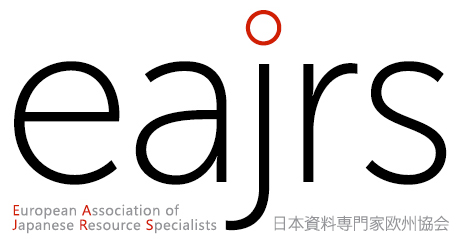![]() Maria Kikteva
Maria Kikteva
Pushkin Museum of Fine Arts. Researcher
The Overview of the Meiji era (1868-1912) kachoga collection from Pushkin Museum of Fine Arts
Collection of Japanese engravings, albums and books from the collection of the Pushkin Museum of Fine Arts is one of the largest in Russia and is also significant in European scale. The basis for it was the collection transferred by a collector, naval sailor, amateur painter Sergei Kitaev (1864-1927) to the Rumyantsev Museum in 1916. Later received works of art were nationalized and became part of the collection of the Pushkin Museum of Fine Arts. During his stay in Japan, Sergei Kitaev independently or with help of his agents all around Japan acquired objects of decorative and applied art, engravings, books of various styles and periods.
Despite numerous exhibitions, descriptions, and the publication of catalogs, a part of the collection remains undescribed and hardly known. In published catalogs and exhibition collections, the focus was mainly on works by recognized ukiyo-e masters such as Katsushika Hokusai (1760-1849), Suzuki Harunobu (1724-1770), Utagawa Kuniyoshi (1798-1861), and Tsukioka Yoshitoshi (1839-1892). However, a significant part of the collection consists of albums of engravings of the kachoga genre dating 1880s-1890s. Some of them are reprints of albums by old masters, and some are collections of works by contemporary artists.
The kachoga genre during the Meiji era (1868-1912) underwent significant changes, the roots of which were laid back in Bakumatsu period (1853-1869). Prints and albums of this genre became one of the "export" forms of art, which, as is well known, had a great influence on Western masters, such as, for example, Alphonse Mucha (1860-1939). In some cases, the genre, initially filled with symbols and hidden meanings and origining from Chinese classical art, takes on the features of botanical illustration. The museum's collection contains works by Maekawa Bunrei (1837-1917), Fukui Gessai (1852-1935), Watanabe Shotei (1851-1918), Kosoku Gyoshi (?-?) and several others.
In the presentation I would like to make a brief overview of Meiji era kachoga collection from the museum's collection.
プシキン美術館の明治時代の花鳥画コレクションの概観
プーシキン美術館が所蔵する日本の版画、アルバム、書籍のコレクションはロシア最大規模の一つであり、ヨーロッパ規模でも重要です。 その基礎となったのは、1916 年に収集家、海軍船員、アマチュア画家のセルゲイ・キタエフ (1864-1927) によってルミャンツェフ美術館に移送されたコレクションでした。日本滞在中、セルゲイ・キタエフは独自に、あるいは日本中の代理人の助けを借りて、装飾美術、彫刻、さまざまな様式や時代の書籍を入手した。
数多くの展示、説明、カタログの発行にもかかわらず、コレクションの一部は未説明のままで、ほとんど知られていません。 出版されたカタログや展覧会コレクションでは、葛飾北斎 (1760-1849)、鈴木春信 (1724-1770)、歌川国芳 (1798-1861)、月岡芳年 (1839-1892) などの著名な浮世絵師の作品に主に焦点が当てられていました。 しかし、コレクションの一部は、1880 年代から 1890 年代の花鳥画ジャンルの版画のアルバムで構成されています。
明治時代(1868年~1912年)の花鳥画のジャンルは大きな変化を遂げましたが、そのルーツは幕末時代(1853年~1869年)に遡ります。 このジャンルの版画やアルバムは芸術の「輸出」形式の 1 つとなり、よく知られているように西洋の巨匠に大きな影響を与えました。最初はシンボルと隠された意味で満たされ、中国の古典芸術に由来するこのジャンルが、植物図の特徴を帯びることもあります。 当館のコレクションには、前川文嶺(1837-1917)、福井月斎(1852-1935)、渡辺松亭(1851-1918)、高速暁子(?-?)などの作品が収蔵されています。
プレゼンテーションでは、当館のコレクションの中から明治時代の花鳥画コレクションについて概観したいと思います。
